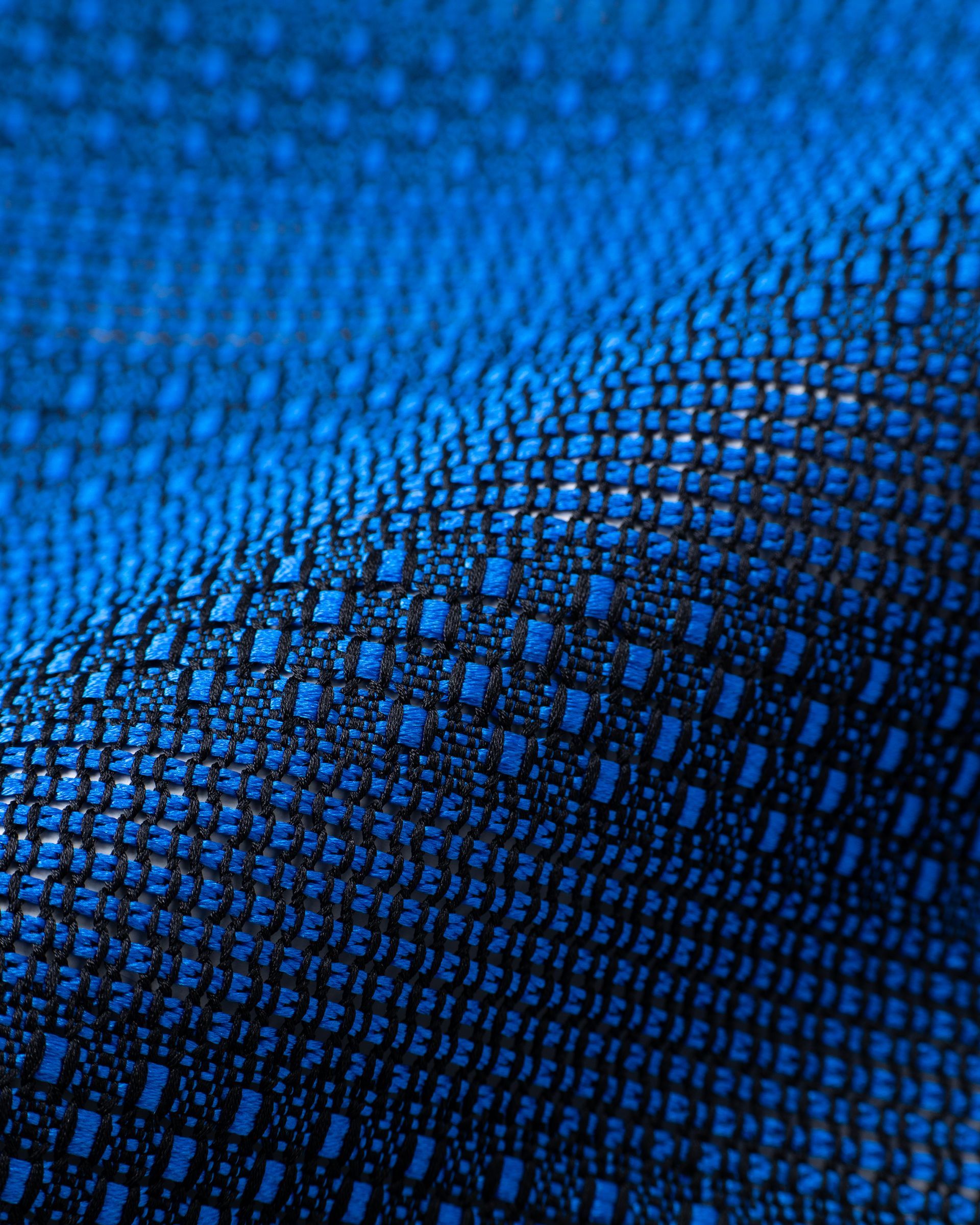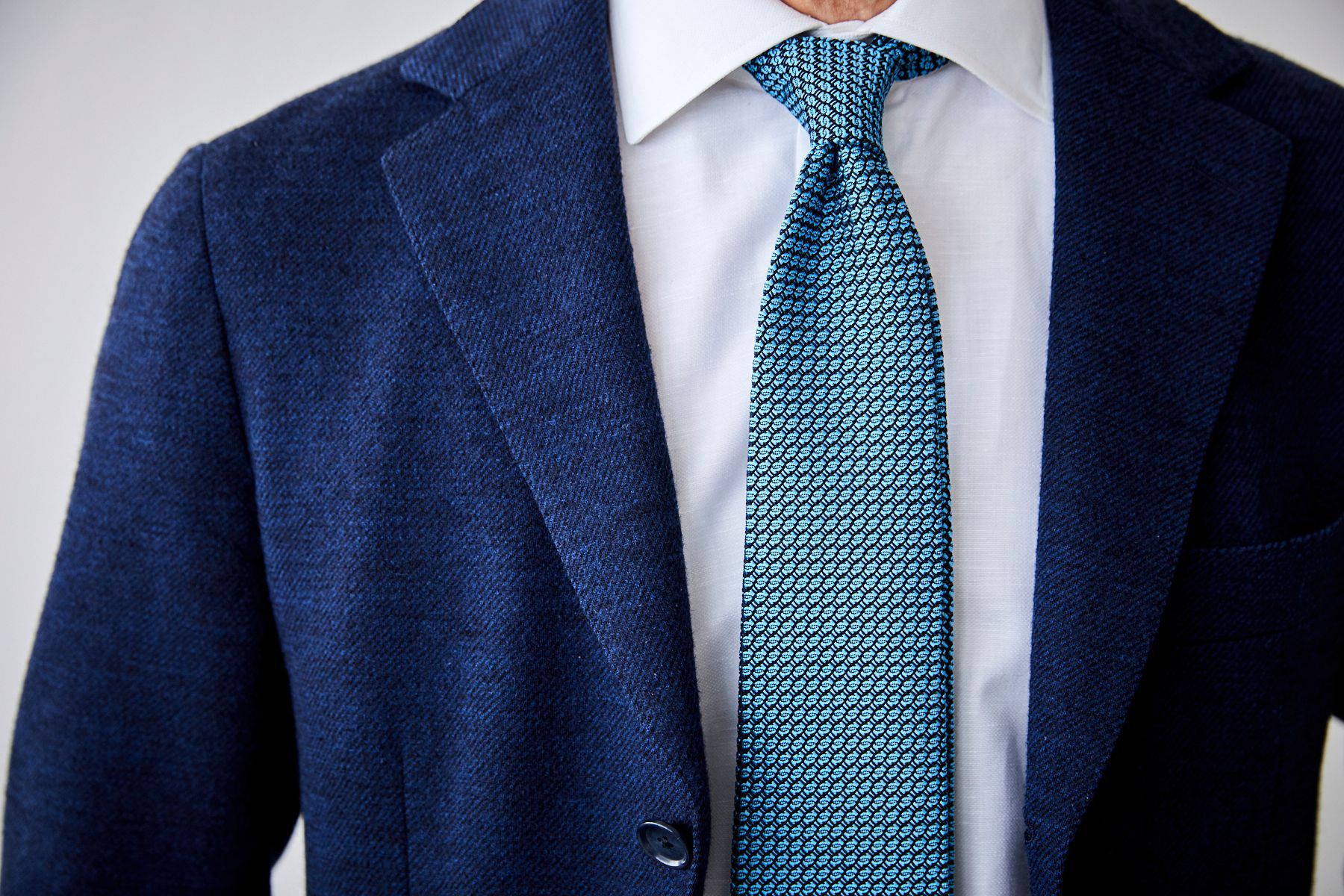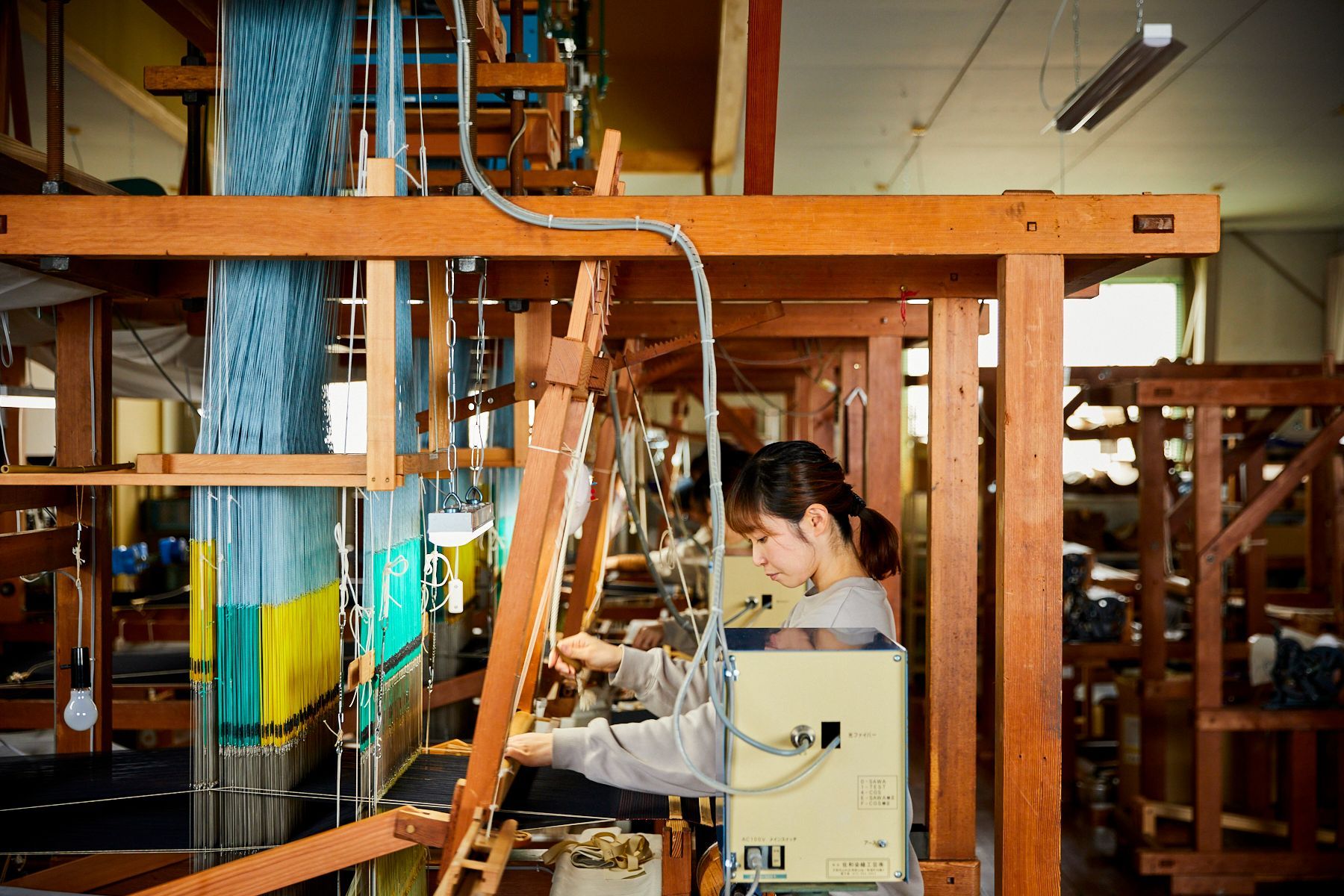Born in Tango, Kyoto, known as the largest site of silk textile production. Played baseball every day at Meitoku-gijuku middle and high school in Kochi. Worked at construction sites for a building firm in Tokyo. Hooked on surfing at the same time. Spent days on surfing across Japan and occasionally abroad.
Returned to childhood home on a spring day. Impressed by the way workmen at the family business finishing each textile carefully. Convinced as Japanese that their craftsmanship must be preserved here. Quit Tokyo firm immediately and joined the family business, aged 30. Learned textile production for two years, while building the concept of an original brand.
Took the post of presidency at the age of 32. Launched the original brand of KUSKA as a combination of tradition, fashion and art. We develop collections centered mainly on neckties and stoles and we will rebrand the company as Kuska fabric in 2022. We consider it our mission to modernize traditional crafts and strive toward it in our day-to-day activities.
As a director, I launched THE TANGO online media in 2018, which specializes in the local Kyoto/Tango region, in order to push toward shaping and revitalizing the region into the next generation.
















